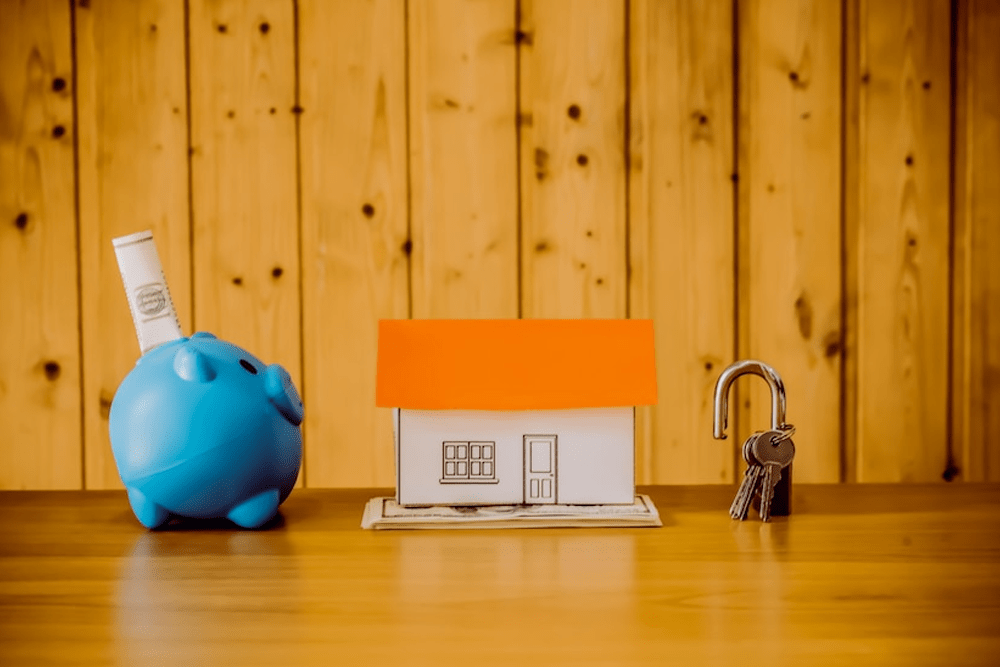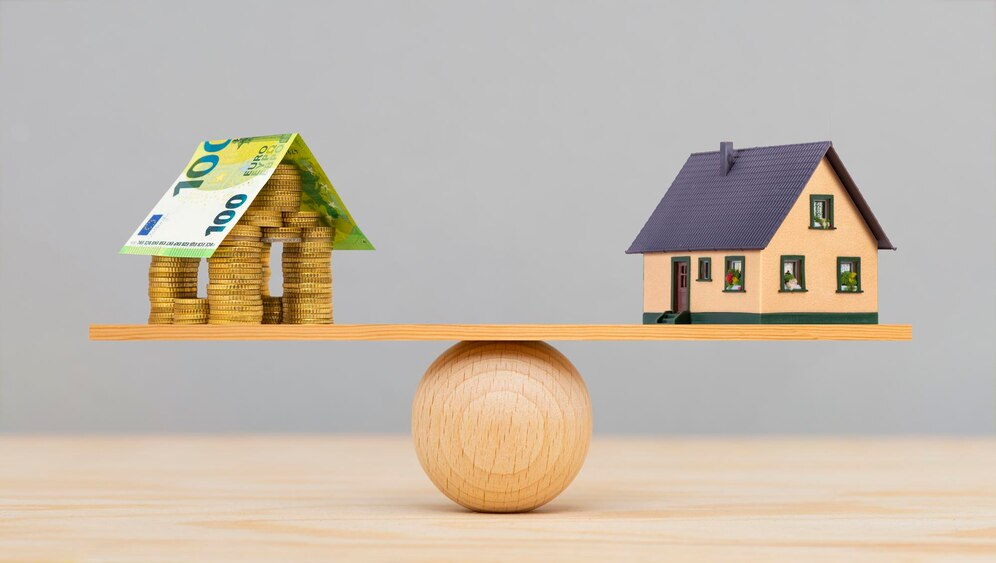Buying a home is one of the most significant financial decisions you’ll ever make, and securing a home loan is a crucial step in the process. Whether you’re a first-time homebuyer or a seasoned homeowner, understanding the home loan process is essential for a smooth and successful home purchase. In this comprehensive guide, we’ll walk you through the step-by-step process of getting a home loan, from understanding your options to closing on your dream home.
Step-by-step process of getting a home loan
- Evaluate Your Financial Situation
Before you start shopping for a home loan, take stock of your financial situation. Determine how much you can afford to borrow by assessing your income, expenses, savings, and credit score. Consider factors such as your down payment amount, monthly budget for mortgage payments, and other homeownership costs like property taxes and insurance.
- Research Your Loan Options
There are several types of home loans available to homebuyers, each with its own terms, interest rates, and eligibility requirements. Common types of home loans include conventional loans, FHA loans, VA loans, and USDA loans. Research each option carefully to determine which loan program best suits your needs and financial situation.
- Get Pre-Approved for a Loan
Getting pre-approved for a home loan is a critical step in the homebuying process. A pre-approval letter from a lender indicates how much you can borrow and demonstrates to sellers that you’re a serious and qualified buyer. To get pre-approved, you’ll need to submit financial documents such as pay stubs, tax returns, and bank statements to the lender for review.
- Shop for a Mortgage Lender
Once you’re pre-approved for a home loan, it’s time to shop around for a mortgage lender. Compare interest rates, fees, and customer reviews from multiple lenders to find the best loan terms and service for your needs. Consider working with a mortgage broker who can help you navigate the lending process and find competitive loan offers.
- Submit a Loan Application
After selecting a lender, you’ll need to complete a formal loan application. The lender will require detailed information about your financial history, employment status, assets, and liabilities. Be prepared to provide documentation to support your application, such as W-2 forms, bank statements, and proof of income.
- Undergo Loan Processing and Underwriting
Once your loan application is submitted, the lender will begin the loan processing and underwriting process. During this time, the lender will verify your financial information, order a home appraisal to assess the property’s value, and review your loan file for approval. Be responsive to any requests for additional documentation or information from the lender to expedite the process.
- Receive Loan Approval and Closing Disclosure
If your loan application is approved, you’ll receive a loan approval letter from the lender, along with a Closing Disclosure that outlines the final terms of your loan, including interest rate, closing costs, and monthly payments. Review the Closing Disclosure carefully to ensure accuracy and clarity.
- Close on Your Home Loan
The final step in the home loan process is closing on your loan. At the closing, you’ll sign a stack of documents, including the mortgage note and deed of trust, and pay any remaining closing costs and down payment funds. Once the paperwork is signed and funds are disbursed, you’ll receive the keys to your new home and officially become a homeowner.
FAQs
- What is the difference between pre-qualification and pre-approval for a home loan?
Pre-qualification is an informal estimate of how much you may be able to borrow based on basic financial information you provide to a lender. Pre-approval, on the other hand, is a more rigorous process that involves a thorough review of your financial documents by a lender. Pre-approval carries more weight with sellers because it demonstrates that you’re a serious and qualified buyer.
- What factors determine eligibility for a home loan?
Lenders consider several factors when determining eligibility for a home loan, including credit score, income, employment history, debt-to-income ratio, and down payment amount. Meeting the lender’s requirements in these areas can increase your chances of approval for a home loan.
- What is a down payment, and how much do I need?
A down payment is a percentage of the home’s purchase price that you pay upfront at closing. The amount of the down payment required depends on the type of loan you’re applying for and other factors. Conventional loans typically require a down payment of 3% to 20% of the purchase price, while government-backed loans like FHA loans may require as little as 3.5% down.
- What are closing costs, and who pays them?
Closing costs are fees and expenses associated with finalizing the home purchase transaction. They may include loan origination fees, appraisal fees, title insurance, attorney fees, and prepaid expenses like property taxes and homeowners insurance. Both the buyer and seller typically share closing costs, although the specific allocation can vary depending on the terms of the purchase agreement.
- Can I get a home loan with bad credit?
While having a higher credit score can improve your chances of qualifying for a home loan and securing favorable loan terms, it’s still possible to get a home loan with bad credit. Some lenders offer specialized loan programs for borrowers with less-than-perfect credit or provide options such as FHA loans that have more lenient credit requirements. However, borrowers with lower credit scores may face higher interest rates and stricter loan terms.
- How long does it take to get a home loan?
The timeline for getting a home loan can vary depending on factors such as the lender’s processing times, the complexity of your financial situation, and the housing market conditions. On average, it takes around 30 to 45 days from the time you submit a loan application to closing on the loan. However, it’s essential to be proactive and responsive throughout the process to help expedite the timeline.
- What happens if my home loan application is denied?
If your home loan application is denied, the lender is required to provide you with a written explanation of the reasons for the denial. Common reasons for denial include insufficient income or assets, high debt-to-income ratio, low credit score, or issues with the property’s appraisal. If your application is denied, you may explore other loan options, work on improving your financial situation, or seek assistance from a credit counselor or mortgage professional to address any issues and reapply in the future.
- Can I refinance my home loan?
Yes, homeowners have the option to refinance their existing home loan to take advantage of lower interest rates, change the loan term, or access equity in the home. Refinancing involves replacing your current mortgage with a new loan, which may have different terms and conditions. It’s essential to weigh the costs and benefits of refinancing and consider factors such as interest rates, closing costs, and how long you plan to stay in the home before deciding to refinance.
Conclusion
Navigating the home loan process can seem daunting, but with the right knowledge and preparation, you can secure financing for your dream home with confidence. By following these steps and working with experienced professionals, you’ll be well-equipped to make informed decisions and achieve your homeownership goals. If you have questions or need assistance at any stage of the process, don’t hesitate to reach out to your mortgage lender or a trusted real estate professional for guidance.


















